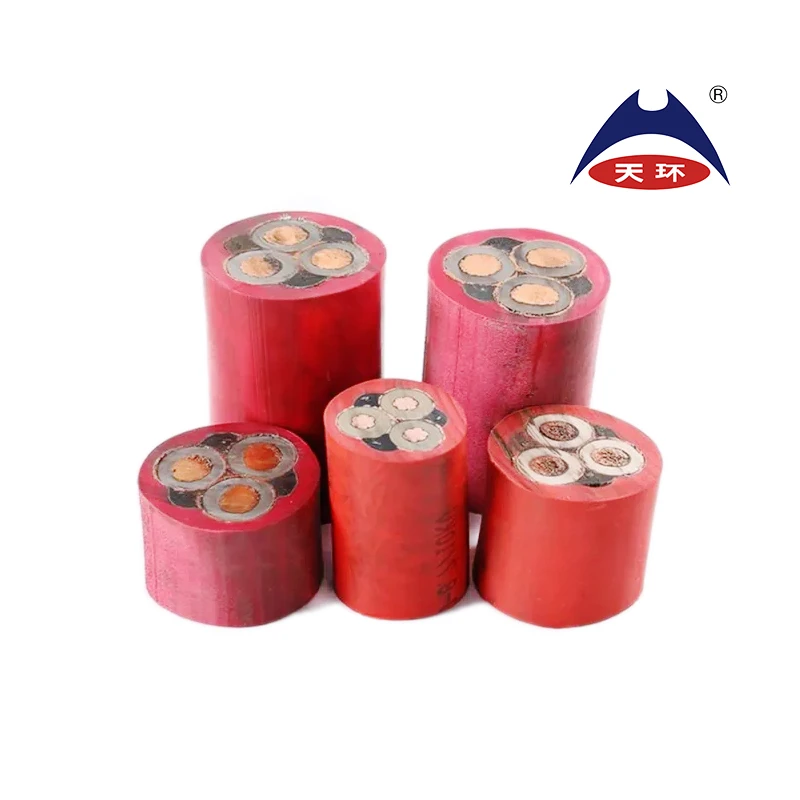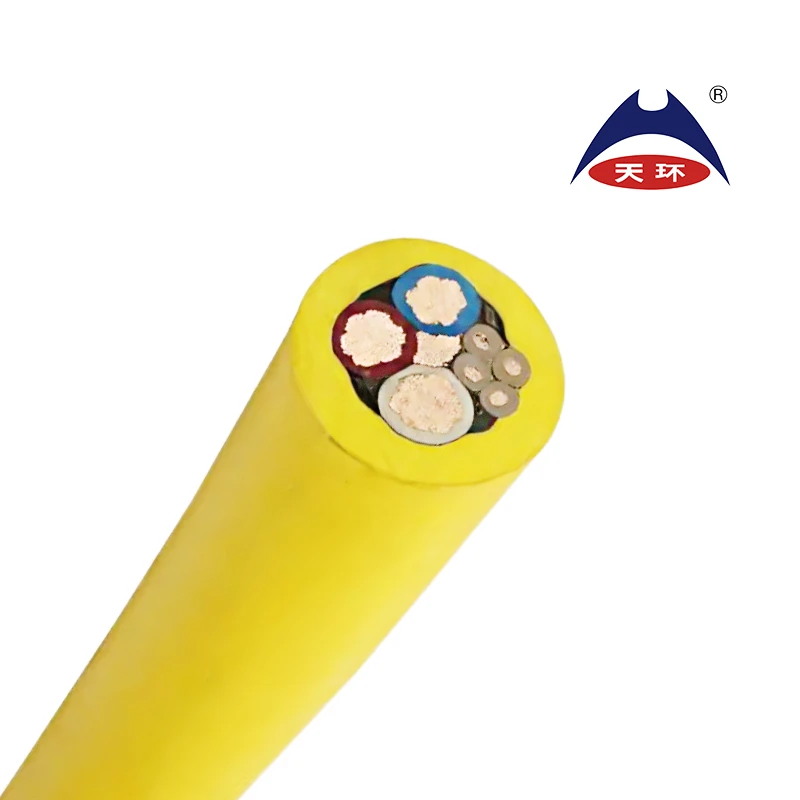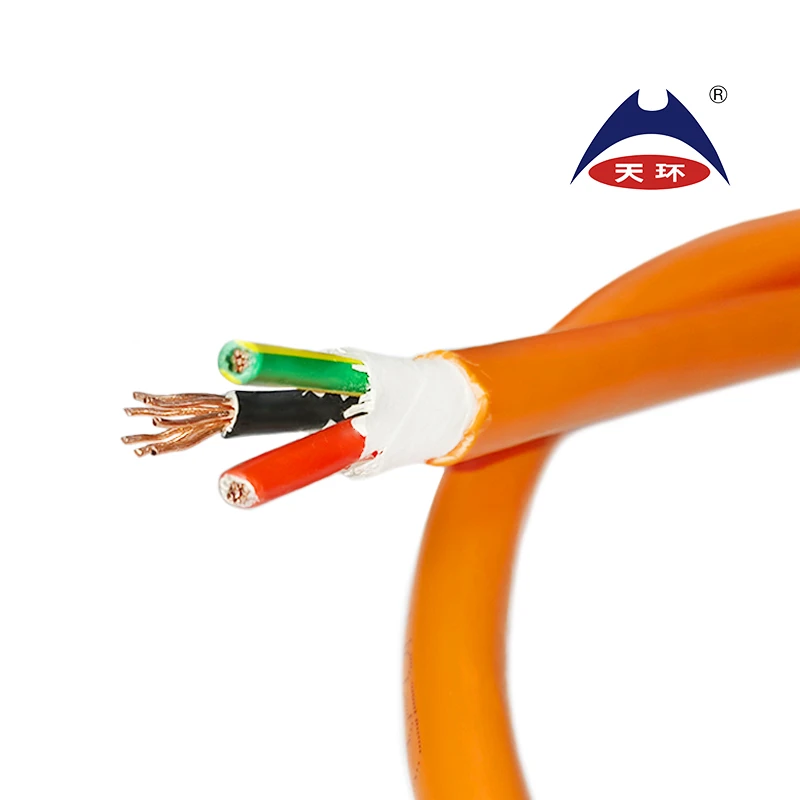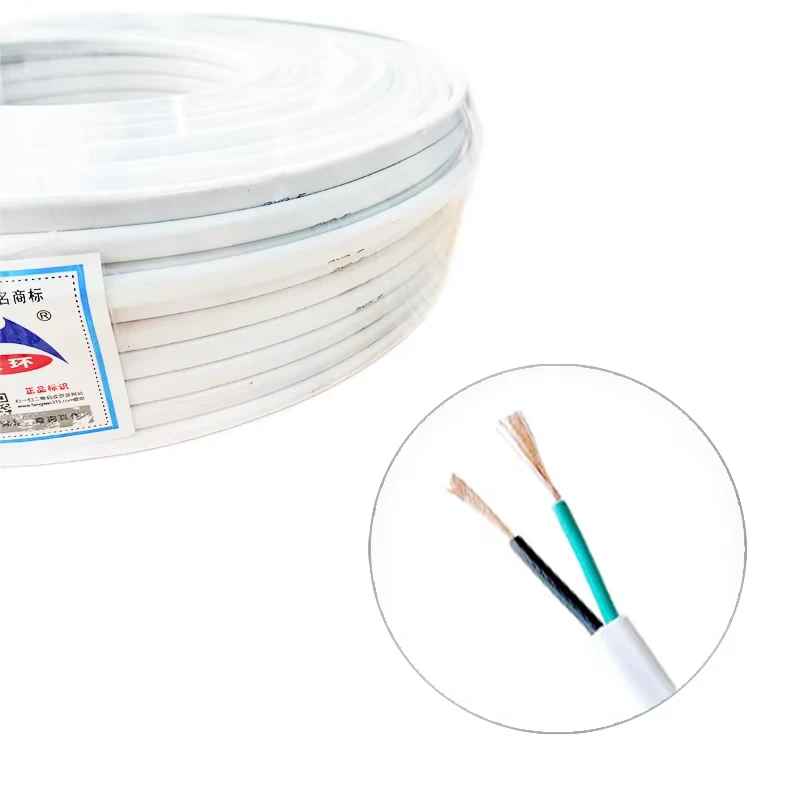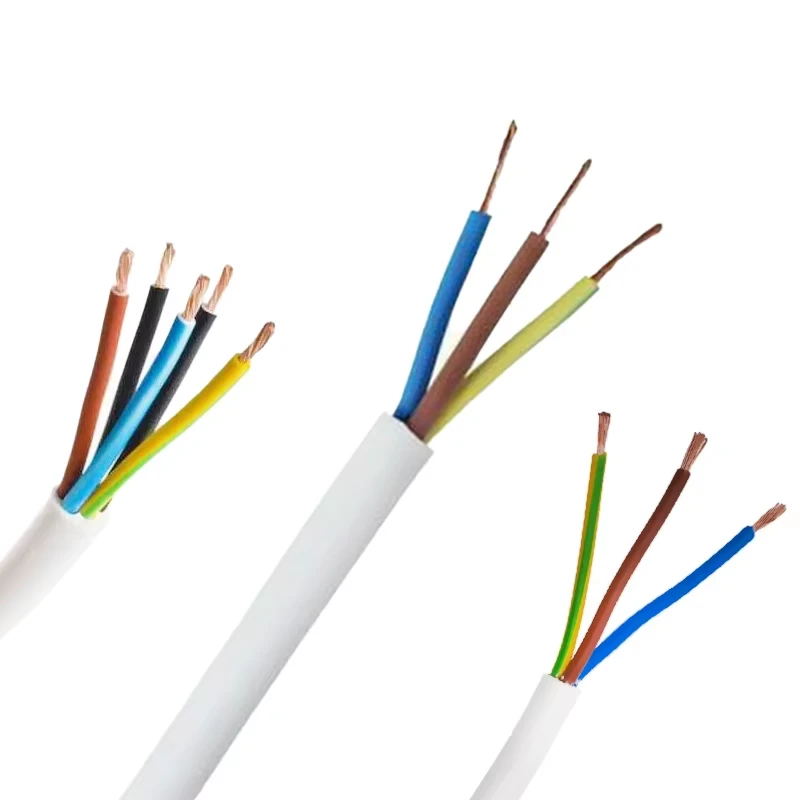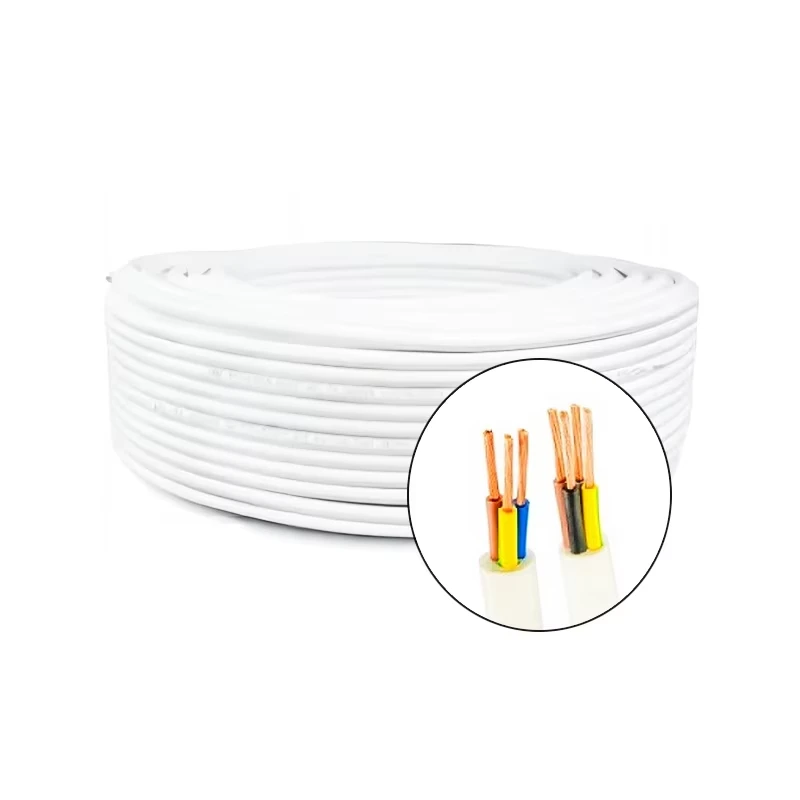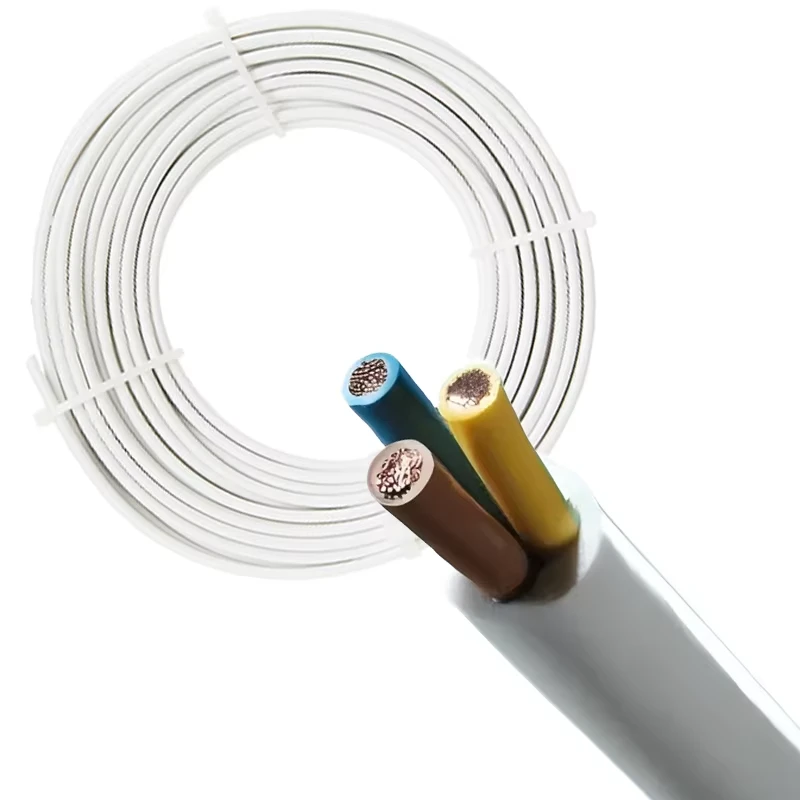
Innovative Solutions for Overhead Power Cable Products and Their Applications in Modern Energy Distribution
Understanding Overhead Power Cable Products A Comprehensive Guide
Overhead power cables play a crucial role in the distribution of electricity from generating plants to end-users. As urbanization and industrialization continue to grow, the demand for reliable electricity supply increases, making the efficiency and reliability of overhead power cable products essential for modern infrastructure. This article aims to provide an in-depth understanding of overhead power cable products, their types, applications, and key considerations for selection.
What are Overhead Power Cables?
Overhead power cables are a type of electrical conductor used to transmit electricity across significant distances. Unlike underground cables, which are buried beneath the ground, overhead cables rely on pole-mounted structures such as transmission towers and utility poles. These cables are designed to withstand environmental factors, including wind, rain, and temperature fluctuations, which makes their design and materials particularly important.
Types of Overhead Power Cables
There are various types of overhead power cables, each tailored for specific applications. The most common types include
1. AAC (All Aluminum Conductor) Made entirely of aluminum, AAC conductors are lightweight and corrosion-resistant, making them suitable for short-distance transmission.
2. AAAC (All Aluminum Alloy Conductor) Similar to AAC, but with added alloy materials to improve strength and reduce sag, AAAC cables are commonly used in medium-voltage applications.
3. ACSR (Aluminum Conductor Steel Reinforced) ACSR cables consist of a core of steel strands surrounded by aluminum strands. This structure provides enhanced strength and allows for long-distance transmission, making ACSR the preferred choice for high-voltage lines.
Applications of Overhead Power Cables
overhead power cable products

Overhead power cables serve various purposes in the electrical distribution system. Their primary applications include
- Transmission Lines Used for high-voltage transmission over long distances. - Distribution Lines These cables deliver electricity from substations to residential and commercial areas. - Street Lighting Overhead cables are often utilized for connecting street lighting systems, ensuring public safety and visibility at night. - Railways Overhead cables provide power to electric trains, making them a vital component of modern railway infrastructure.
Selection Considerations
When selecting overhead power cable products, several factors must be taken into account
1. Voltage Rating It's critical to select cables that meet the specific voltage requirements of the application, ensuring safe and efficient operation.
2. Conductor Material The choice between aluminum, aluminum alloy, or steel-reinforced cables depends on factors such as strength, weight, cost, and corrosion resistance.
3. Environmental Conditions Cables must be chosen based on the local climate and environmental conditions, particularly in regions with extreme weather.
4. Installation and Maintenance Consider the ease of installation and maintenance requirements when selecting overhead cables. Some designs may offer advantages in terms of longevity and reliability.
5. Regulatory Standards Ensure that the selected cables comply with local electrical codes and standards, which are essential for safety and performance.
Conclusion
Overhead power cable products are vital components in the electrical industry, facilitating the efficient transmission and distribution of electricity. With various types catering to different applications and environmental needs, understanding the selection criteria is crucial for utility companies and contractors. By making informed choices, stakeholders can ensure a reliable and sustainable power supply that meets the demands of an ever-evolving world.
-
Reliable LIYCY Cable Solutions for Low and Medium Voltage ApplicationsNewsJul.14,2025
-
Premium Overhead Electrical Wire Solutions for Low and Medium Voltage ApplicationsNewsJul.14,2025
-
Innovative XLPE Electrical Cable Solutions for Modern Low and Medium Voltage NetworksNewsJul.14,2025
-
High-Quality Ethylene Propylene Rubber Cable – Durable EPDM Cable & 1.5 mm 3 Core OptionsNewsJul.14,2025
-
Exploring the Versatility of H1Z2Z2-K 1X4mm2 Cables in Modern ApplicationsNewsJul.14,2025
-
Uses of Construction WiresNewsJul.14,2025
-
Types of Neoprene CableNewsJul.14,2025





